‘The Sympathizer’: How Park Chan-wook Storyboarded the Climatic Fall of Saigon Bombing Sequence
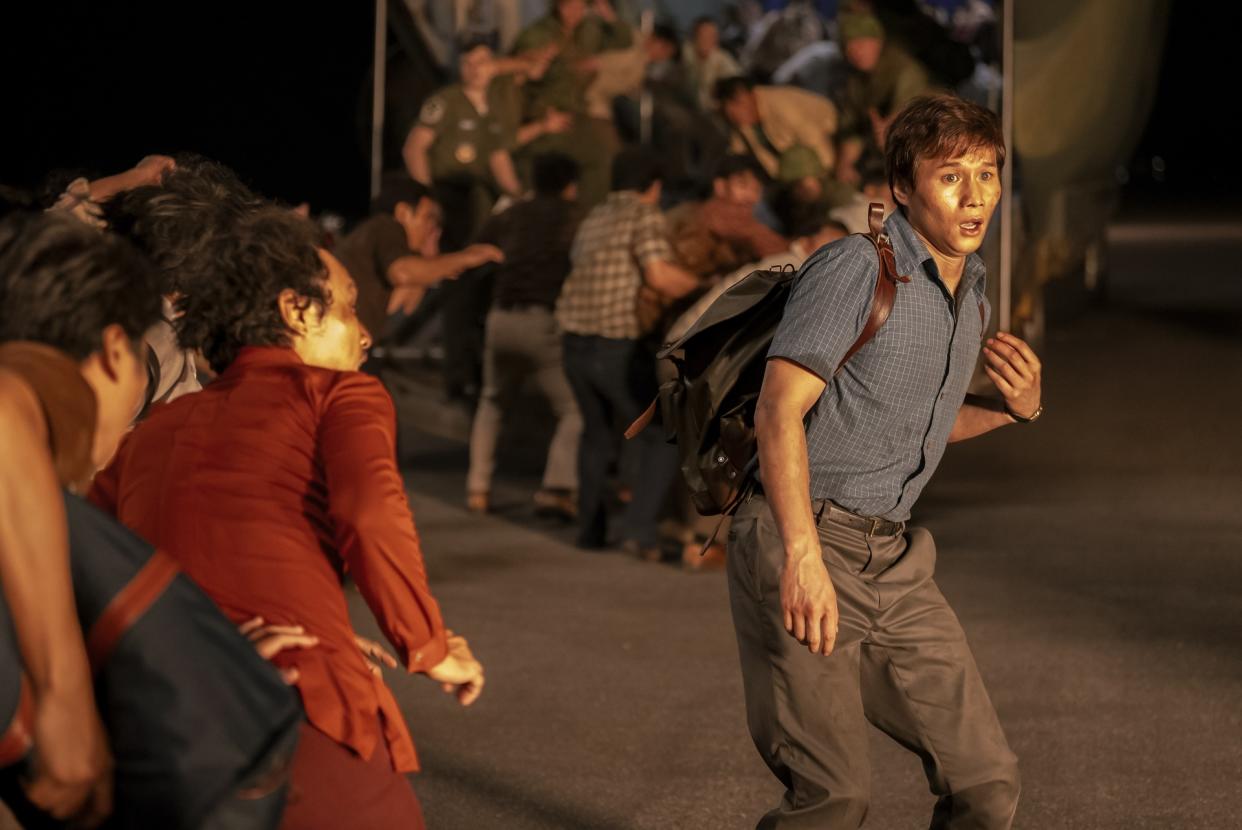
Director Park Chan-wook didn’t always storyboard scenes to help his filmmaking: It wasn’t until his 2000 film “Joint Security Area” that he began using the technique. “My producer argued that America’s filmmaking process was far more advanced and he wanted me to do that,” he recalled to Variety.
Park found the storyboarding process to be arduous and time-consuming, but when he got into production, he found it paid off with more efficient filming. He says storyboarding was a necessity on HBO’s “The Sympathizer” — especially to pull off the series’ most elaborate sequence.
More from Variety
At the end of Episode 1 of the limited series set during the Vietnam War, The Captain (Hoa Xuande), The General (Toan Le) and their families are attempting to flee Saigon by plane and come under heavy bombing. Park, who directed the first three episodes, found that intricately storyboarding the sequence helped his team. Speaking to Variety via a translator, Park said, “It allowed them to imagine and see what the completed scene would look like.”
The sequences were shot in Thailand — the production couldn’t shoot on location in Vietnam due to censorship issues — with that particular sequence filmed on a fully operational military airfield. In the scene, a Lockheed C130 Hercules military plane sent by the Americans is waiting on the tarmac for The Captain and the busload of passengers.
Production designer Alec Hammond found the airstrip was not long enough for Park to land the plane so he did a partial build and left the rest to Visual Effects. He said, “We built the rear cargo compartment. We built the doors that drop down and we put it on a tractor-trailer rig so you could drive our set all over the tarmac. The rest of the plane is in CG.”
As the plane attempts to take off, it comes under heavy attack. Due to Park’s storyboarding, he didn’t have to worry about where the camera needed to be placed or how it could move. “I could focus on the actors and work with them to elevate their performance,” Park said. “All of them can be well prepared going into the shoot because they can envision the images that will be put together.”
The explosions and plane catching fire were put together in post.
In camera, Park and his team used flares and had flying debris. “The dangerous elements were done in post,” said Park. “The VFX and camera team found it very effective in that storyboard allowed them to see what needed to be added.”
Watch the scene above.
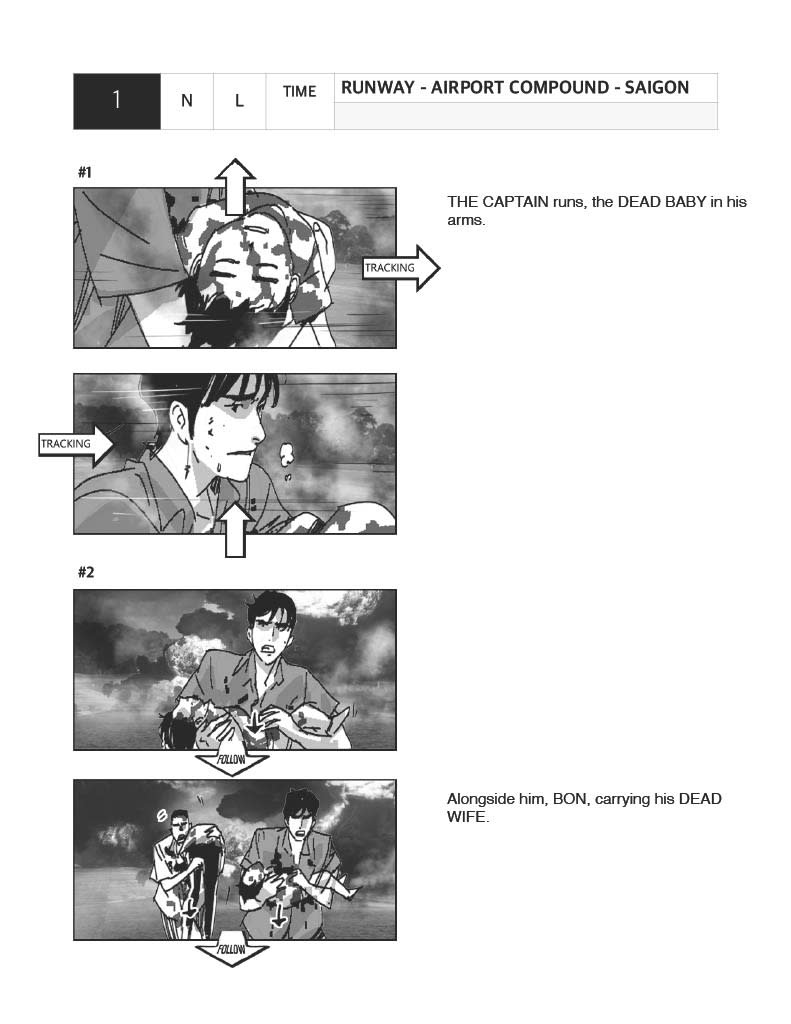
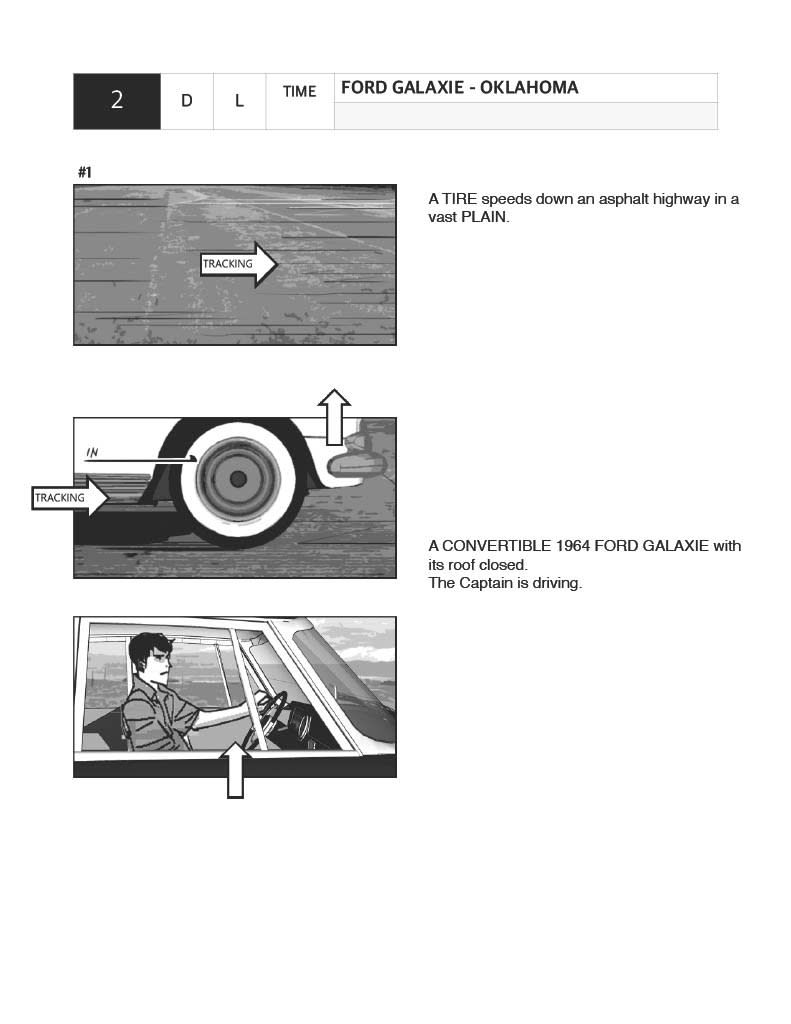
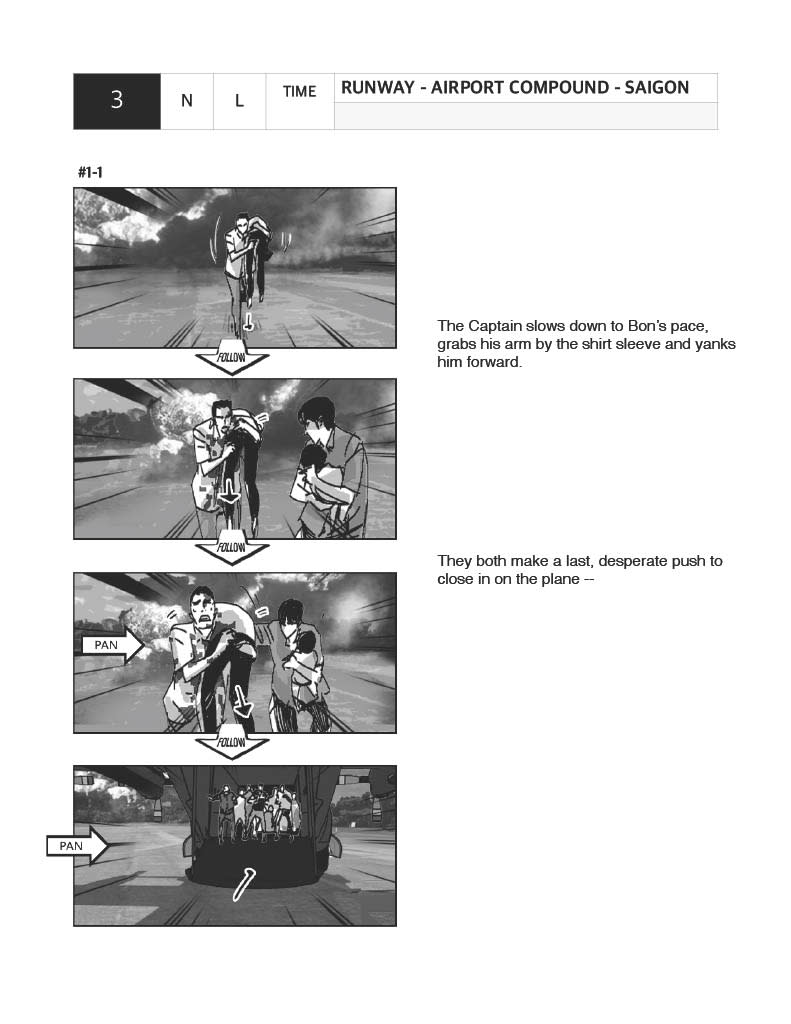
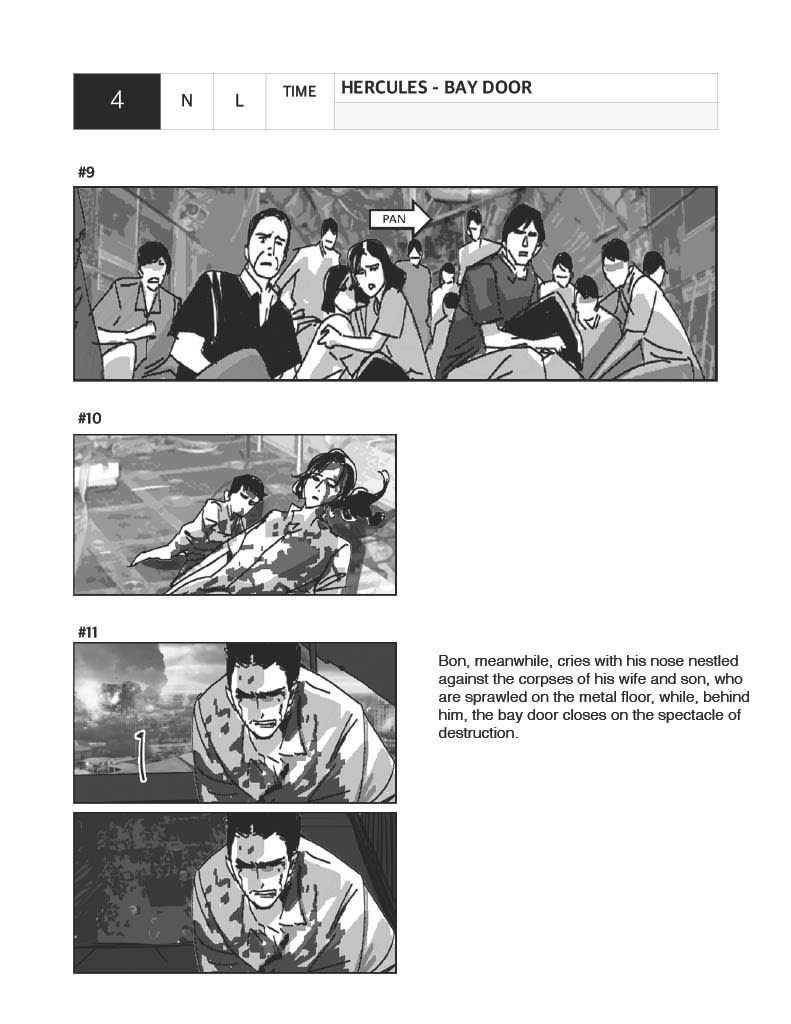
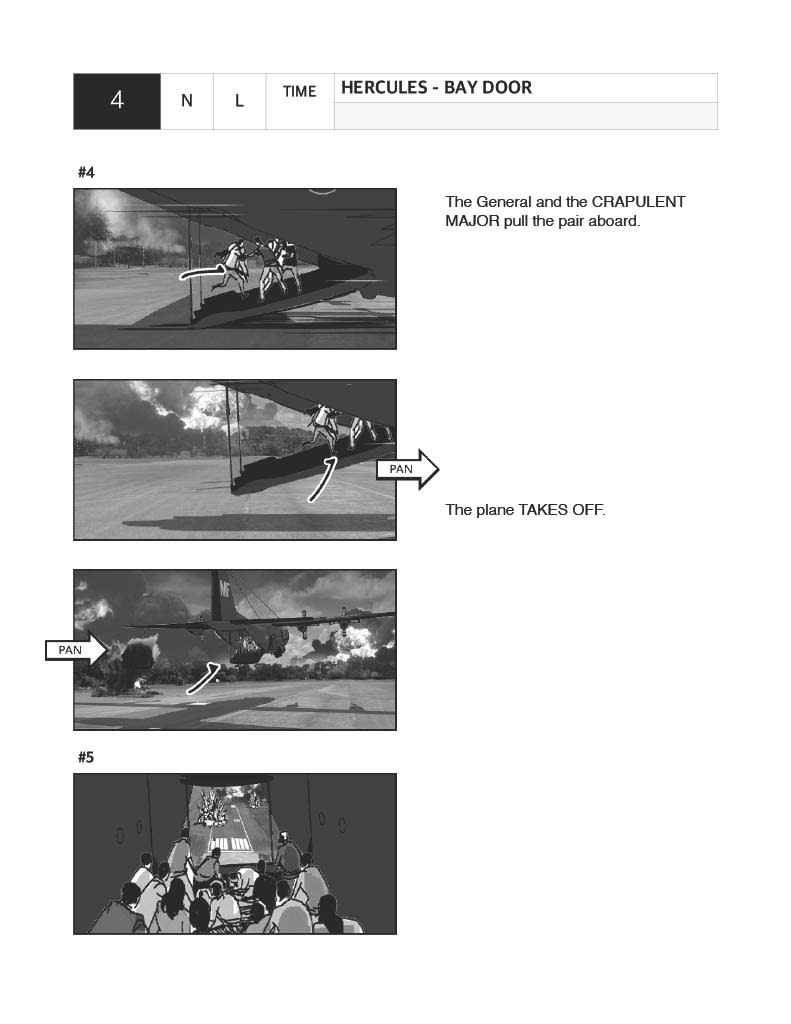
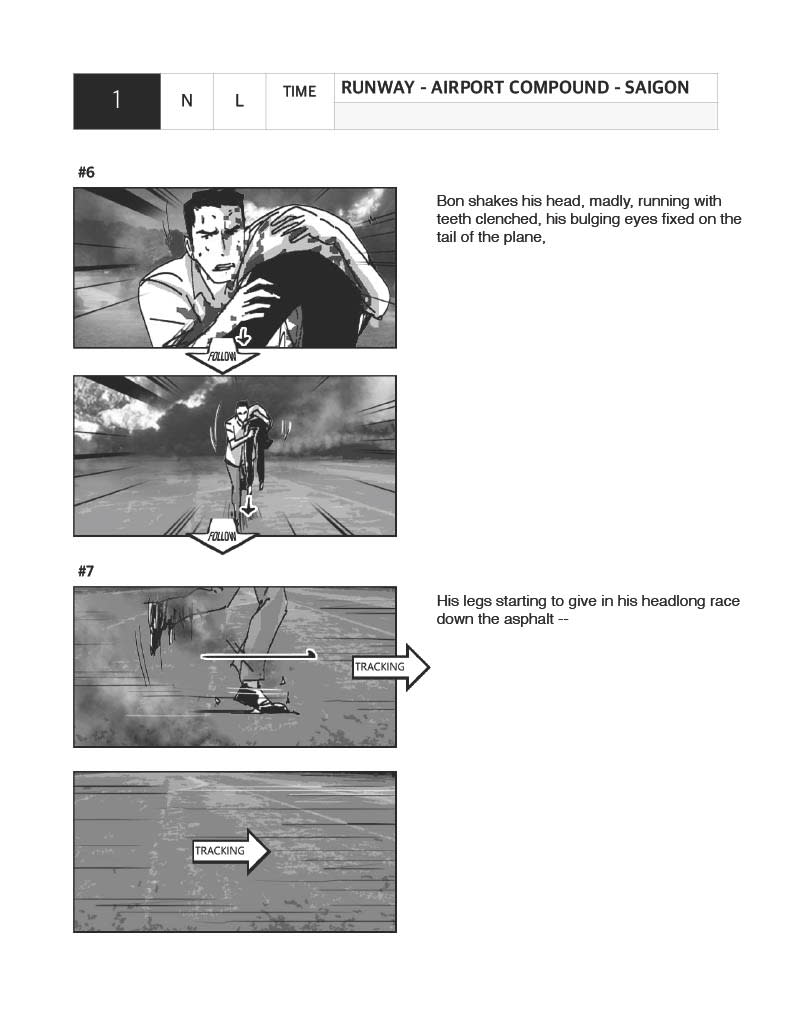
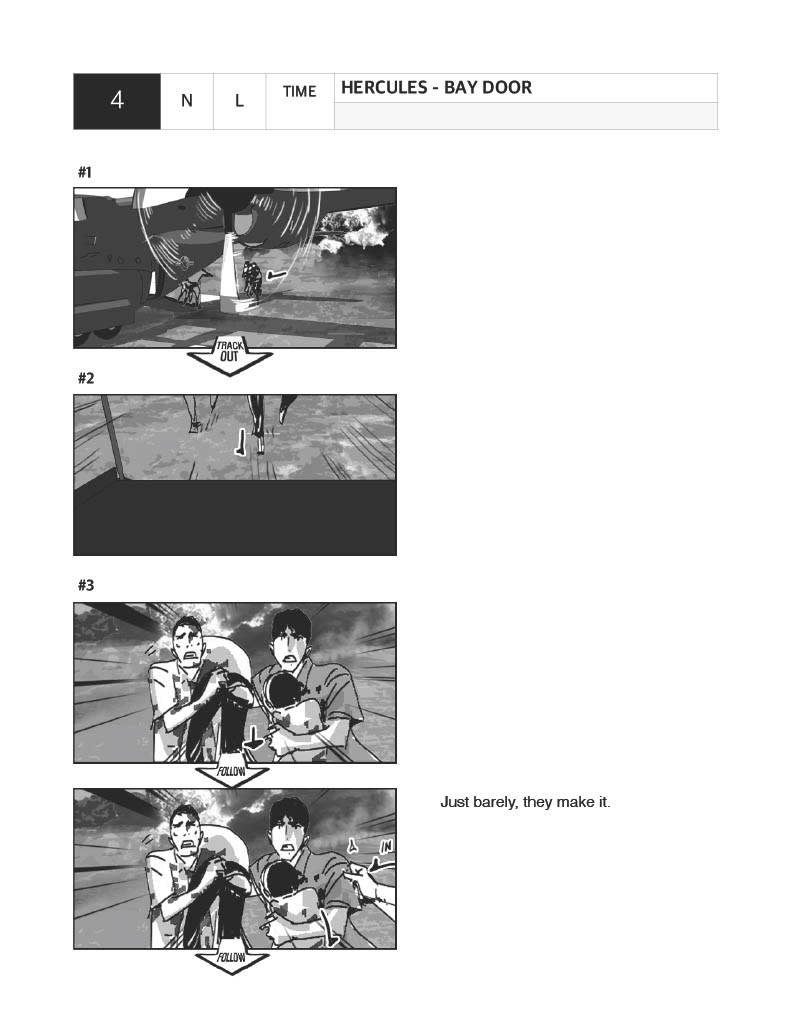
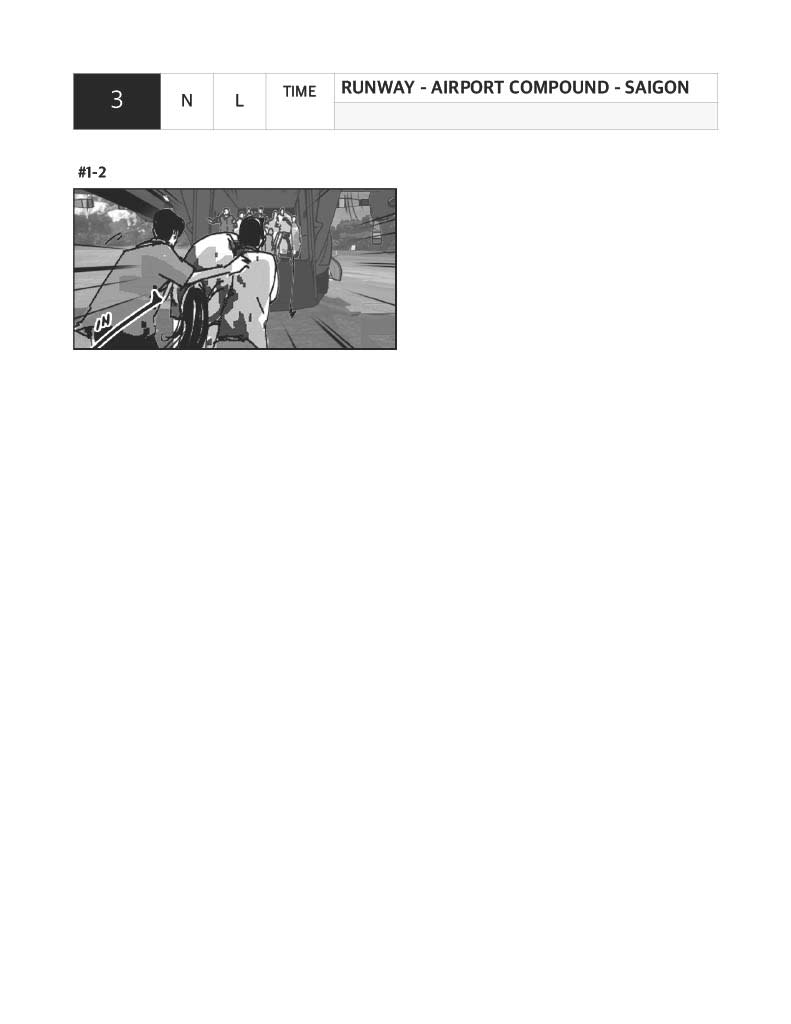
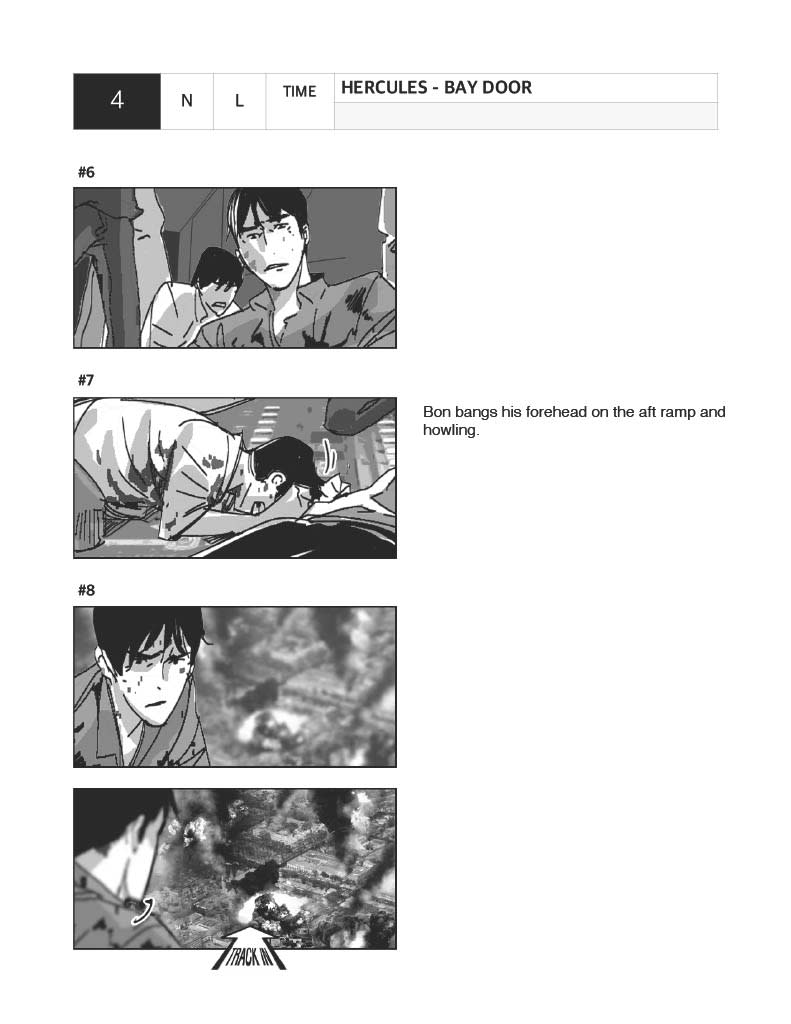
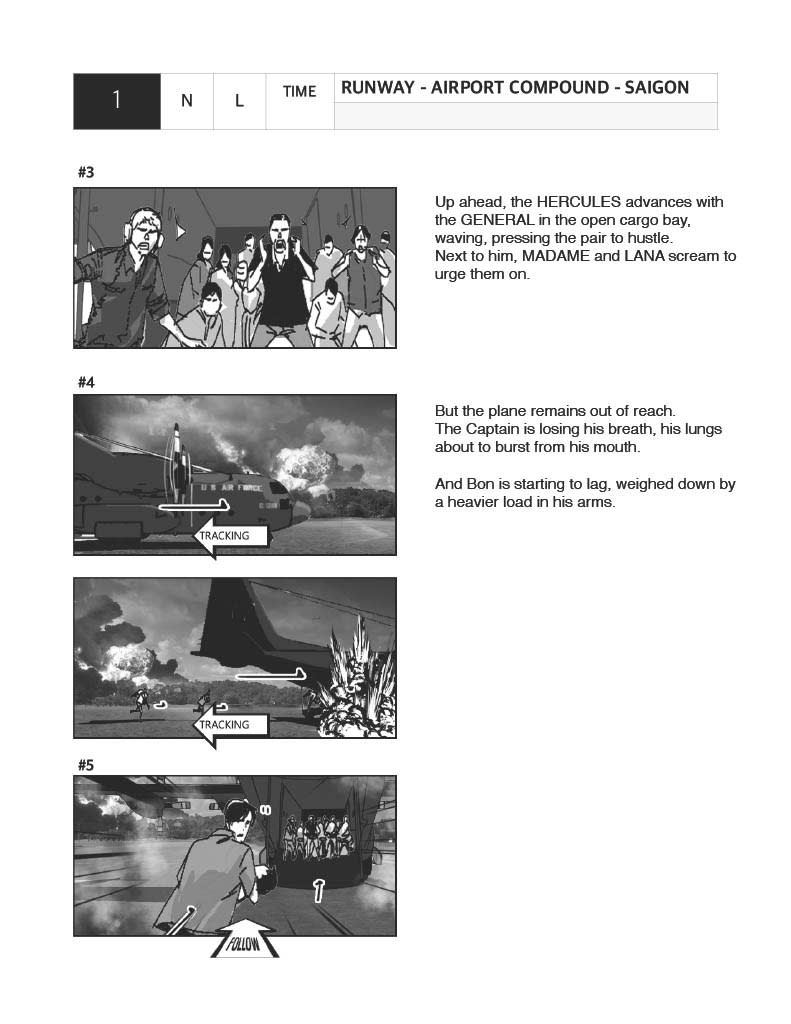
Best of Variety
Sign up for Variety’s Newsletter. For the latest news, follow us on Facebook, Twitter, and Instagram.

 Yahoo Lifestyle
Yahoo Lifestyle 
